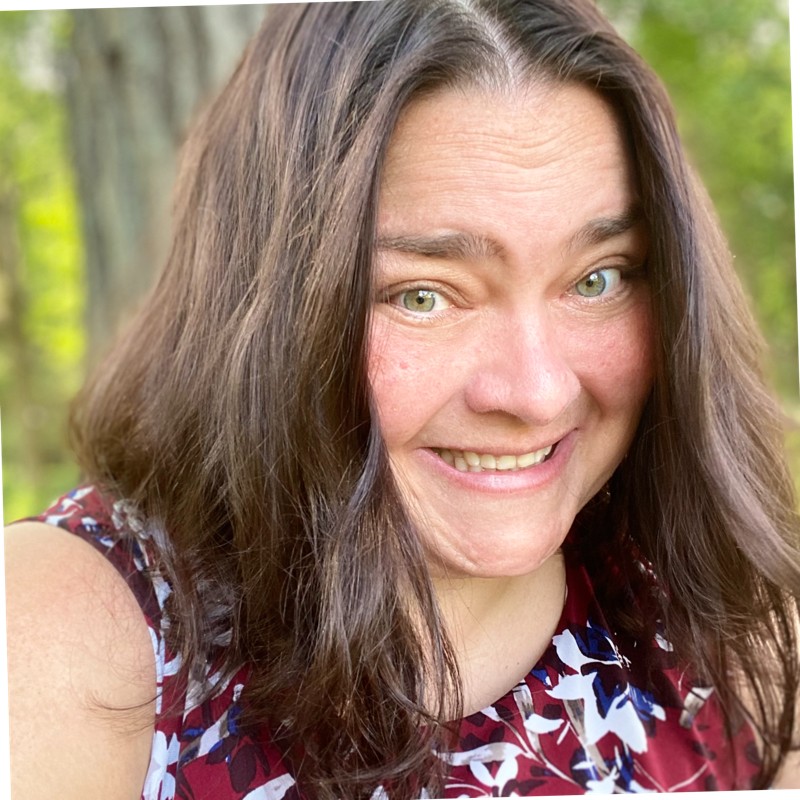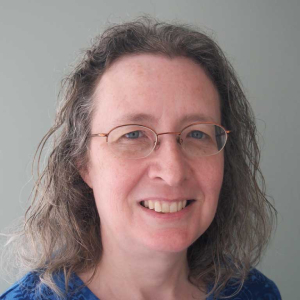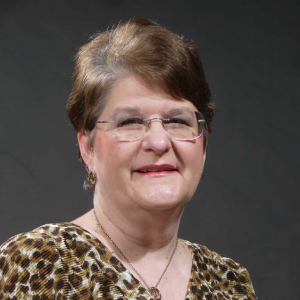Context
Faculty members often lack support structures in which they can support each other in crisis. The authors recently discovered that sharing ideas with a community of colleagues has made them more resilient. The Civility Community of Practice (CoP) at IUPUI transitioned to a weekly online teaching and support seminar in response to the university’s unexpected move to online course delivery on account of the pandemic.
Our first Zoom meeting proved to be a turning point for our group; we transitioned immediately from a best practice and research collective to a support structure during a crisis. Recognizing the need that our meetings might fill, we began meeting by Zoom on a weekly basis rather than twice a month as we helped each other run a Zoom class meeting, design virtual courses, and ultimately survive the transition to virtual instruction. When we first built and grew our community, we could never have imagined what a lifeline it would be for us during this crisis. The CoP we built together—its basis in trust and mutual respect, its commitment to learning, and the joy we find in constructive play and laughing together—has helped us adapt in the face of uncertainty and change.
Step-by-Step Implementation
Our group evolved as we became more comfortable sharing our vulnerability and learning to share responsibility and credit. We shared leadership by recognizing and relying on each other’s strengths to achieve our collective goals. Although we did not have a pandemic in mind when we first joined this CoP, we were fortunate enough to have this support system in place before the crisis occurred. Reflecting on our research and experiences, we recommend the following steps to build an effective community of practice:
- Connect with colleagues. Look for and connect with colleagues with similar academic interests.
- Decide on group goals. Discuss what you want to pursue as a group and how you and your students will benefit.
- Schedule group meetings. Meet consistently throughout the academic year, deciding as a group on the frequency and schedule of meetings (for example, our CoP met twice a month prior to the pandemic).
- Prepare for obstacles. Anticipate setbacks and see them as opportunities to communicate and share responsibilities.
- Create tentative plans. Set goals and plans, but be flexible and open to changing them to suit the interests and needs of the group.
- Credit others in your group. Share the credit for your group’s accomplishments (for example, our CoP rotates the order of authors in presentations).
The evolution of our team into a collective enterprise that is productive and resilient in the face of crisis revealed how important it is to create opportunities for interdisciplinary groups of faculty to work together and learn from one another. By building and supporting faculty communities of practice, universities can help prepare faculty members to adapt to change and thereby facilitate the continued quality of the education provided to students.
Effectiveness
Nancy Goldfarb, Senior Lecturer, School of Liberal Arts and Division of Undergraduate Education, IUPUI
Our CoP helped me break the cycle of anxiety, providing me with the opportunity to tussle with this unfamiliar technology while feeling free to share my uncertainties and failures. I allowed myself to make mistakes because of the trust we had built over the years within our community. I knew I would not be judged or laughed at; rather, my fellow CoP members helped me see this new challenge as an adventure and an opportunity for playful exploration. In this sense, our CoP helped me develop a growth mindset about my online teaching skills. Though I often teach growth mindset in my first-year seminars, my anxiety about failing or looking stupid triggered in me a fixed mindset. As Carol Dweck (2016) observed, “Even after educators understand growth mindset, it takes a lot of hard work to move toward it.” After all, even educators are a “mixture of fixed and growth mindsets” (Dweck, 2016). Putting a growth mindset fully into practice is a journey that takes a lifetime; it requires us to identify what conditions send us “into a state in which we feel our fixed ability is being judged or in which we judge our students’ fixed abilities” (Dweck, 2016). Though we may instruct students in growth mindset, they learn it not only from our words but also from our deeds. For this reason, educators need to make growth mindset visible and compelling to their students by, among other actions, “treating mistakes, difficulty, and even failure as something beneficial for learning, rather than something that can harm children or reflect badly on their abilities” (Dweck, 2016).
Michelle Clemons, Visiting Lecturer, Kelley School of Business, IUPUI
Within our CoP, we started to get to know each other on a more personal level. Through Zoom, we were invited into each other’s homes and met each other’s pets. During more than one meeting (okay, probably during all of them), my dog made a cameo by walking across my computer or jumping into my lap. We learned to find humor in the things we might have been upset about outside of this pandemic. Suddenly, dogs barking and children running into rooms reminded us that we are all human beings and that we were all in this together. Over the next few months, we continued to meet as a CoP. We talked about school, and we talked about life. We gave each other a space to be authentic. We tested out new technologies. We tried new things, and sometimes, we failed at those new things. Our CoP became the place where we could practice new skills before testing them out in the classroom. We shared our successes but, more importantly, we shared our failures. Since we had already built a space where we felt comfortable, this facilitated the transition to our (hopefully temporary) new normal because we had a community to lean on, grow with, and ask about the hot spots for purchasing toilet paper.
Leslie Miller, Senior Lecturer, School of Liberal Arts and Division of Undergraduate Learning, IUPUI
At first, I was worried about learning the most basic aspects of technology, and our CoP was fortunate to have members who were familiar with online teaching, having done it for years. Lynn and Michelle became our teachers in technology and would have us practice together in our meetings. My colleagues helped me navigate the choppy waters of connecting with students, turning class activities into interactive online activities, and building a community. Their past experiences gave me a star to follow as I floundered through the early days of online classes.
As I reconfigured my classes, a particular hardship for me was helping my students bear up under their changed circumstances. I had assumed that their greater facility with technology would ease the switch to online classes. That was not the case, however, and my students mirrored my own uncertainty. Some students took advantage of being home by getting another job or taking on extra hours at work to strengthen their financial standing, though these changes limited their available time to do their course work. Some students did not have quiet study spaces. Others had broken hardware they could not afford to replace. Others had connectivity issues.
My CoP colleagues confirmed that their students were having similar experiences. In other words, I was not alone. In all, our CoP has developed from a group of interdisciplinary faculty wanting to research and present on a single topic into a steady crew of like-minded people focused on keeping the educational ship afloat during Hurricane COVID.
Lynn Jettpace, Senior Lecturer, School of Liberal Arts, IUPUI
When our CoP met on Zoom that first time, not only was I anxious to help, but I also needed to help. I set up that first Zoom meeting expecting we would do our usual debriefing on a conference presentation we had just given. This presentation on using Drama-Based Pedagogy to develop trust amongst student groups was based heavily on our experimentation with activities in Dawson and Lee (2018) and Koppett (2013), but it also drew from the trust we had built in our group through these activities. Instead, we went back to basics as each person shared the anxieties each have written about here. Michelle and I showed them how to set up a Zoom meeting, and we talked about the basic ideas of moving instruction online. I finally felt like I was contributing.
My approach to online tutoring and teaching composition and literature has been to choose technological tools according to their ease of use for students, which means I rarely find myself in the position of teaching others how to use the technology. Then, I was teaching my peers how to set up Zoom meetings, integrate video into Canvas, use Google Docs for collaborative writing, etc. I was stretching myself as an instructor and calling on pedagogical best practices in new ways. Over the next few weeks, other group members gained experience setting up our weekly Zoom meeting and became more comfortable interacting in that medium. As our members gained confidence, we explored the possibilities of the technology together. We played with breakout rooms, whiteboards, and screen sharing in a low-stakes environment. Everyone shared online tips and tools they had learned about that we practiced as a group.
All CoP members contributed ideas for converting face-to-face activities for a distance model. Three months of meeting weekly had turned our group of experienced classroom teachers into distance learning pros. I could not be prouder.
Mary Ann Frank, Senior Lecturer, School of Engineering and Technology, IUPUI
Our CoP gave me the personal support to make it through this crisis and helped me transition to synchronous online learning. This support enabled me to help the students build on the personal connections they had made in our in-person class, thereby helping them cope with a stressful transition. Looking forward to what promises to be a challenging future, our collaborative CoP will continue to be an important source of support for me.
Keywords
Associated tools or materials
- Virtual meeting platform, such as Zoom
- Colleagues with similar academic interests
References
Dawson, K., & Lee, B. K. (2018). Drama-based pedagogy: Activating learning across the curriculum. Bristol, UK: Intellect.
Djikic, M., Oatley, K., & Moldoveanu, M. C. (2013). Reading other minds. Scientific Study of Literature, 3(1), 28–47. https://doi.org/10.1075/ssol.3.1.06dji
Dweck, C. (2016, April 8). To encourage a growth mindset, pass it on. The Times Educational Supplement. 5192, 3. https://www.ulib.iupui.edu/cgi-bin/proxy.pl?url=https://search.ebscohost.com/login.aspx?direct=true&db=trh&AN=114900441&site=eds-liveInterior
Design Educators Council. (2020). Distance learning resources. Retrieved from https://idec.org/resouces/
Koppett, K. (2013). Training to imagine: Practical improvisational theatre techniques for trainers and managers to enhance creativity, teamwork, leadership and learning. Sterling, VA: Stylus.
Lave, J., & Wenger, E. (1991). Situated learning: Legitimate peripheral participation.Cambridge, England: Cambridge University Press.
Mavroudis, N., & Bournelli, P. (2016). The role of drama in education in counteracting bullying in schools. Cogent Education, 3(1), 1-12. DOI:10.1080/2331186X.2016.1233843
Wenger-Trayner, E., & Wenger-Trayner, T. (2015). Introduction to communities of practice: A brief overview of the concept and its uses. Wenger-Trayner. Retrieved from https://wenger-trayner.com/introduction-tocommunities-of-practice/134





